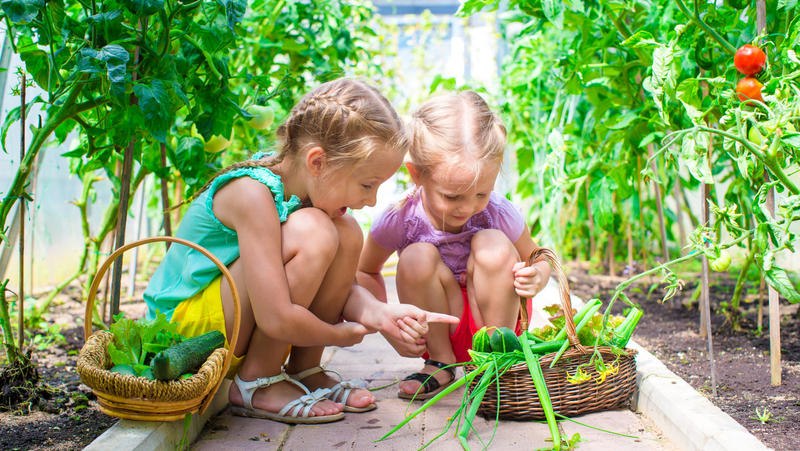Yates Account
Join now
Create a Yates account today!
Sign up to join the Yates Garden Club for monthly e-mails packed with seasonal inspiration, tips for success & exclusive promotions.
Plus if you’re a Garden Club member you can take part in the Yates Growing Community - a blog to share successes, get advice & win prizes in fun challenges along the way!

Forgot password
Enter the email address associated with your account, and we'll email you a new password.
The importance of your school having a garden
Creating a dedicated gardening space in your school playground, whether it’s big or small, can create an effective teaching tool and provide an outdoor living classroom for students. It's a wonderful way to get kids outside the classroom to benefit from fresh air and physical activity.

The lovely Angie Thomas is a mum to two busy school-aged boys, shares some great examples of how math and science can be observed and practised in any school garden.
MATHS - Measuring dimensions and calculating the number of seeds to be sown
Maths is a fundamental program for all schools. We suggest a project that gets kids to measure the dimensions of a garden bed, large square or rectangular pot. They can then take a packet of large vegetable seeds, such as peas or beans. If they read the directions on the back of the seed packet, it will tell them how far apart seeds should be sown. Then they can calculate the number of seeds that can be sown in the garden bed or pot.
SCIENCE - A lesson in photosynthesis
A science experiment you can try in the classroom is to cut a clear 1 litre plastic drink bottle in half and half fill the bottom section with potting mix and pour in enough water to make the potting mix moist, but not soggy. Using large seeds such as peas and beans, sow a seed the correct depth (which will be indicated on the seed pack) into the potting mix, with the seed touching the side of the bottle, so you can still see the seed through the bottle.
Place the bottles on a sunny spot inside the classroom, keep the potting mix moist and monitor each day for seed germination. Root length and stem length can be measured over a week and the results graphed. It's a captivating exercise for little minds to see what goes on under the soil.
SCIENCE - Understanding how plants adapt
Leaves with different characteristics, such as hairiness, colour, size and shape, can be observed and then linked to how those leaf traits can help plants live in certain environments. For example, plants with hairy leaves lose less water and also be less attractive to leaf eating animals and insects.








Share
Share this article on social media